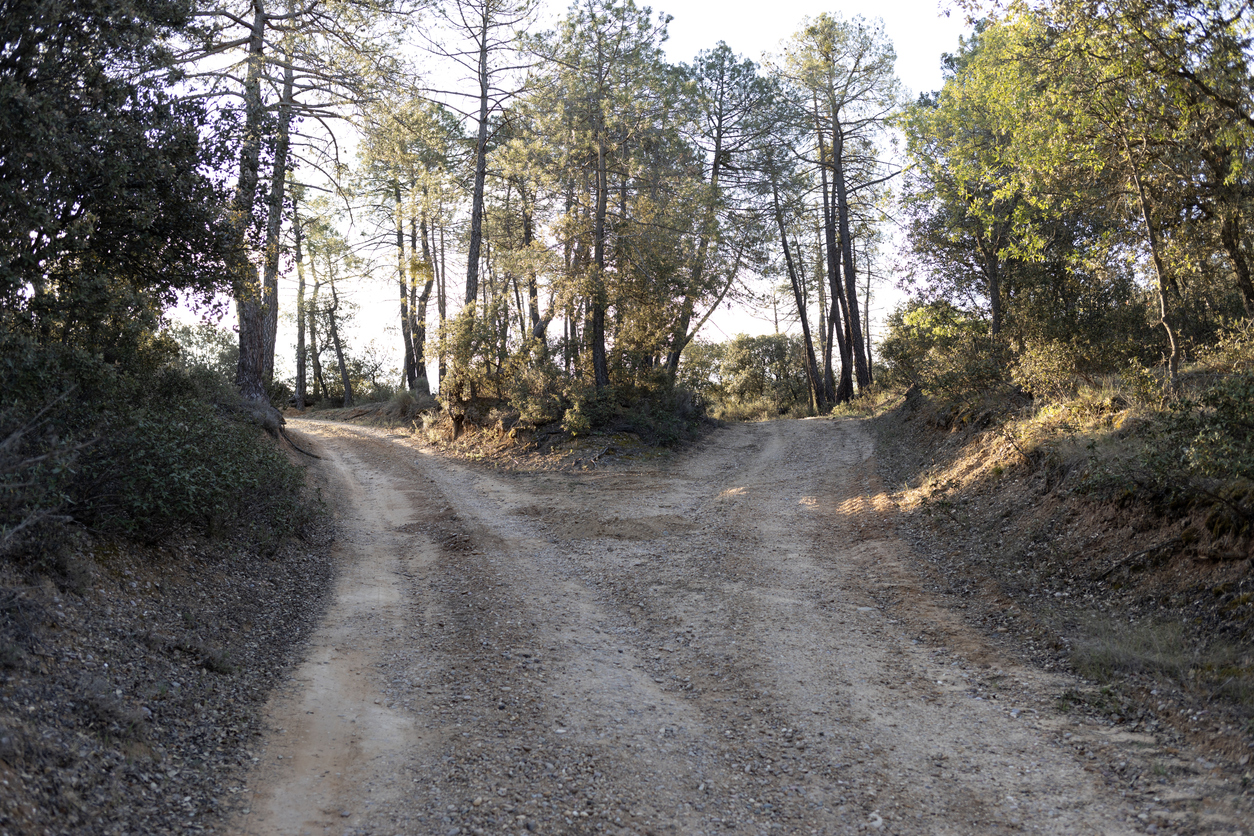In the world of insurance claims, a simple yet often overlooked step can make or break a policyholder’s chance of recovery: The proof of loss. This was driven home in the 1891 case of German Insurance Company v. Fairbank, 1 where the Supreme Court of Nebraska issued a critical reminder that compliance with policy terms is not just a formality—it’s the foundation of any claim. This case, though over a century old and involving only $30 regarding the value of a cow, holds lessons for today’s policyholders.
I am writing this as part of a study and follow-up to Where Did the Proof of Loss Requirement in a Property Insurance Policy Originate? What Was Its Original Purpose? and Proof of Loss Requirements: A 222-Year-Old Case Still Relevant for Modern Insurance Claims. I will be writing about older and historical cases decided in various jurisdictions about the proof of loss and what it means over the next several months.
The dispute arose when Loren Fairbank sought to recover damages under an insurance policy for the loss of a cow, which had met an unfortunate end against a barbed wire fence during a windstorm. The German Insurance Company denied the claim, citing multiple policy violations, including the insured’s alleged failure to submit the required proof of loss. While the trial court initially sided with Fairbank, the Nebraska Supreme Court reversed the judgment, highlighting the importance of one central issue: The insured’s obligation to demonstrate that a proof of loss was filed or that the insurer had waived the requirement.
The policy in question was complex, covering multiple types of property, including a dwelling, household goods, and livestock, with separate amounts allocated to each. Importantly, the court emphasized that the policy was severable—meaning a violation affecting one category of coverage (such as a mortgage placed on the dwelling) did not automatically void coverage for unrelated property, like the cattle. This favorable interpretation should have worked in Fairbank’s favor. Yet, despite this clarity on the severability of coverage, Fairbank’s failure to produce evidence that he complied with the proof-of-loss requirement derailed his claim.
The proof-of-loss requirement is a cornerstone of most insurance contracts. In this case, Fairbank’s policy stipulated that proof had to be submitted within 30 days of the loss, with the insurer obligated to pay within 90 days of receiving satisfactory documentation. The Nebraska Supreme Court made it clear that if a policyholder wants to recover under a policy, the onus is on them to show they followed these steps—or that the insurer waived its right to demand compliance. In Fairbank’s case, no such evidence was presented, and without it, his claim failed.
The lesson here is twofold. First, filing a proof of loss is not merely procedural; it is often a condition precedent to recovery under an insurance policy. Without documented proof that it was submitted, even a valid claim can be denied. Second, if the insurer waives this requirement, that waiver must be clearly established. Silence or inaction by the insurer is rarely enough to constitute waiver. Policyholders and their representatives must keep meticulous records, ensuring that proof of loss is not only filed but also verifiable if challenged.
The modern trend is to excuse a late or non-filed proof of loss unless the insurance company has been prejudiced by such late or non-filing. However, the best practice is to avoid this issue by filing a timely and properly completed proof of loss.
This case serves as a timeless reminder that insurance policies are contracts, and courts will enforce their terms as written, although trying to find reasons to avoid a forfeiture of insurance benefits. For policyholders, the takeaway is simple yet vital: When proof is everything, ensure you can prove it and that the proof of loss has been timely and properly filed to avoid all these legal issues.
Thought For The Day
Never kick a cow chip on a hot day.
—Will Rogers
1 German Ins. Co. v. Fairbank, 32 Neb. 750, 49 N.W. 711 (Neb. 1891).



